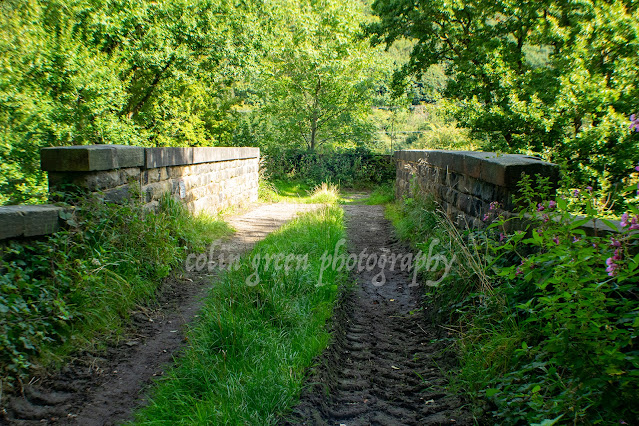Sometimes, the most beautiful moments are fleeting. A perfect sunset, a burst of vibrant colour, a gentle transition from day to night. Capturing that magic is a challenge, but one I decided to take on back in August 2018.
On Saturday, August 4th, I found myself perched near the serene Scammonden Reservoir, nestled in the heart of the Ryburn Valley. The air was alive with a restless wind, a constant reminder of nature's untamed energy. My mission? To track the setting sun as it dipped behind the distant hills, painting the valley in hues of orange and gold.
"Scammonden Sunset" is the result of that evening's endeavour. I set up my tripod, pointed my camera, and let the sun dictate the scene. For a full 20 minutes, I patiently recorded the slow, mesmerizing descent. The wind, however, had other plans. It buffeted my tripod, causing a few wobbles that, while a tad frustrating at the time, now add a touch of raw authenticity to the final product.
The real magic happened in the editing room. I compressed those 20 minutes of real-time sunset into a mere 37 seconds, transforming the gradual shift into a breathtaking, accelerated spectacle. The result is a short, punchy video that captures the essence of the sunset's beauty in a blink.
To enhance the experience, I added a musical score, carefully chosen to complement the visual journey. The music, I believe, adds an emotional layer, amplifying the sense of awe and tranquility that the sunset evokes.
This was my first attempt at filming a sunset in this way, and while it wasn't without its challenges (thanks, wind!), I'm quite pleased with the outcome. It's a reminder of the simple beauty that surrounds us, and the power of time-lapse to condense those moments into something truly captivating.
Sometimes, imperfections add character. Those little tripod wobbles, the gusts of wind – they’re part of the story, a testament to the real, unfiltered experience of capturing nature's fleeting beauty.
If you've ever found yourself mesmerized by a sunset, I hope "Scammonden Sunset" resonates with you. It's a small window into a moment in time, a reminder to pause and appreciate the natural wonders that surround us.
Perhaps this inspires you to capture your own sunset, or simply to take a moment to appreciate the next one you witness. After all, every sunset is a unique masterpiece, painted across the canvas of the sky.





























































